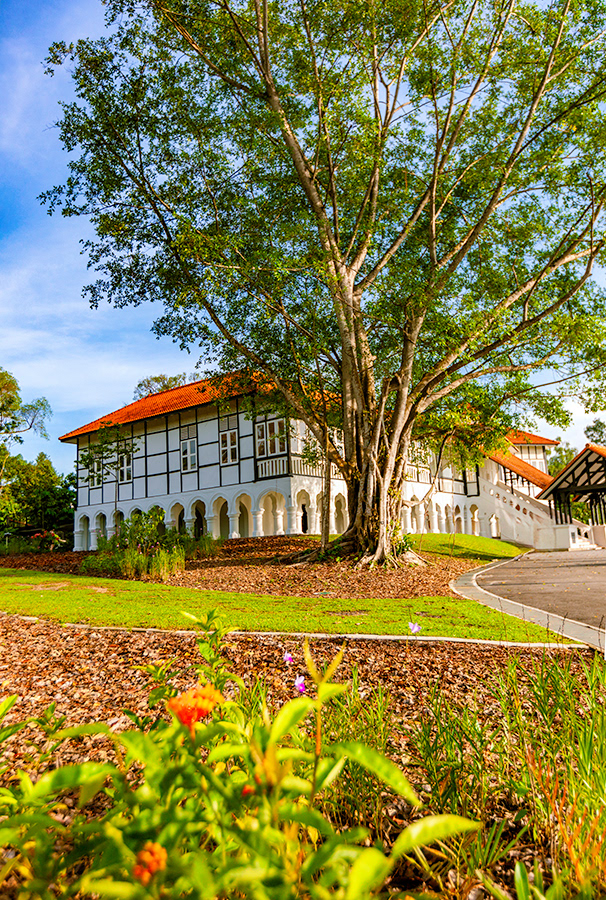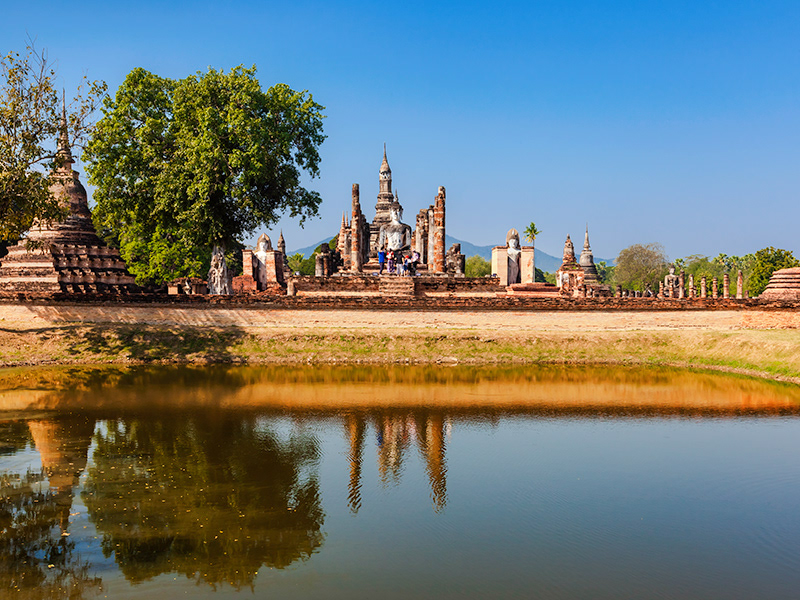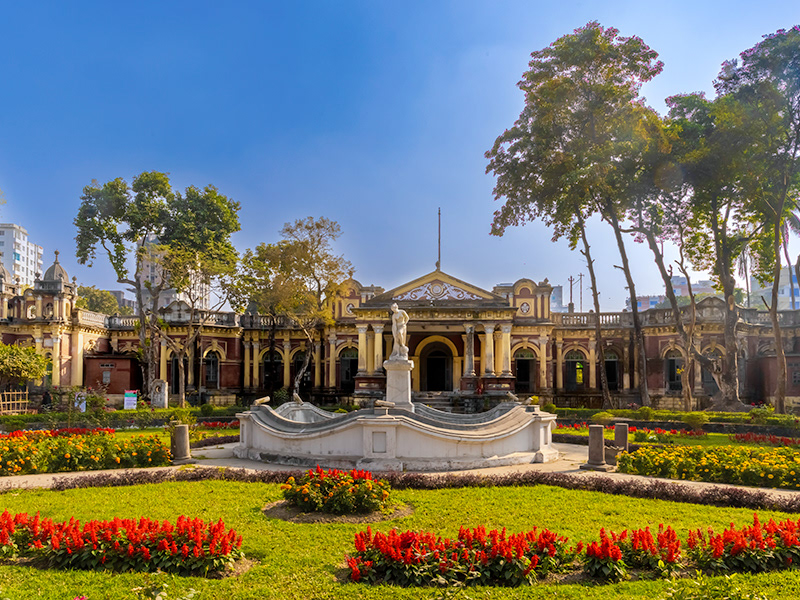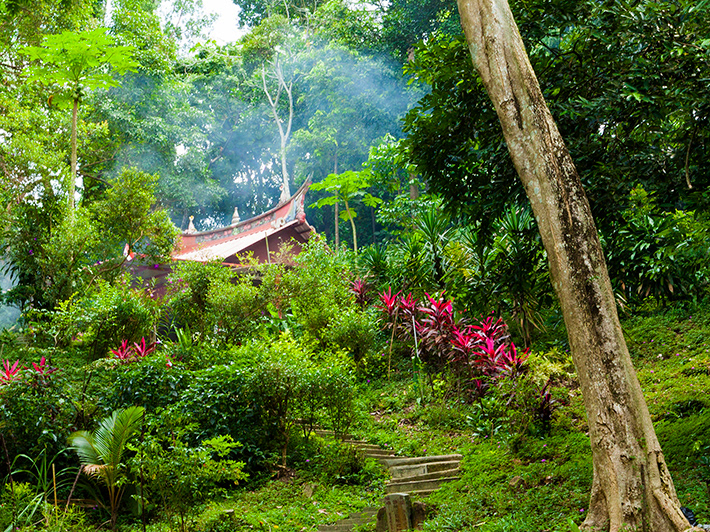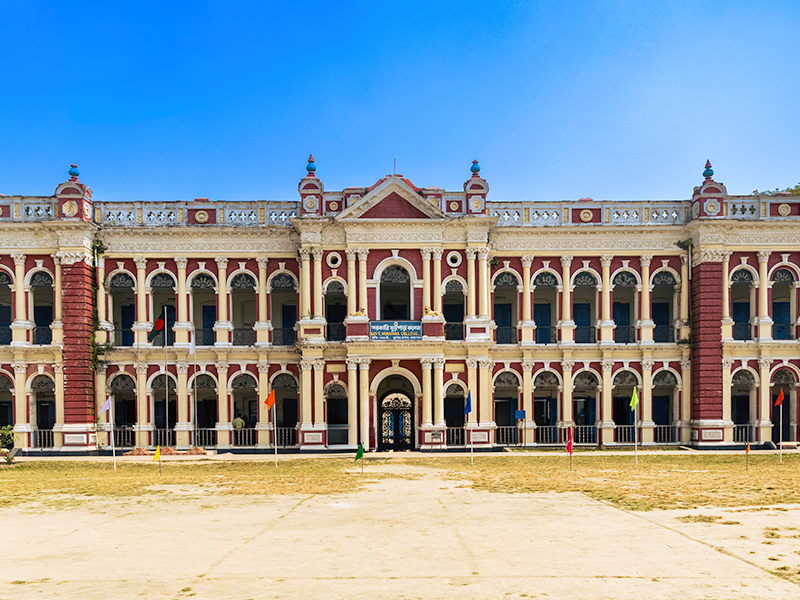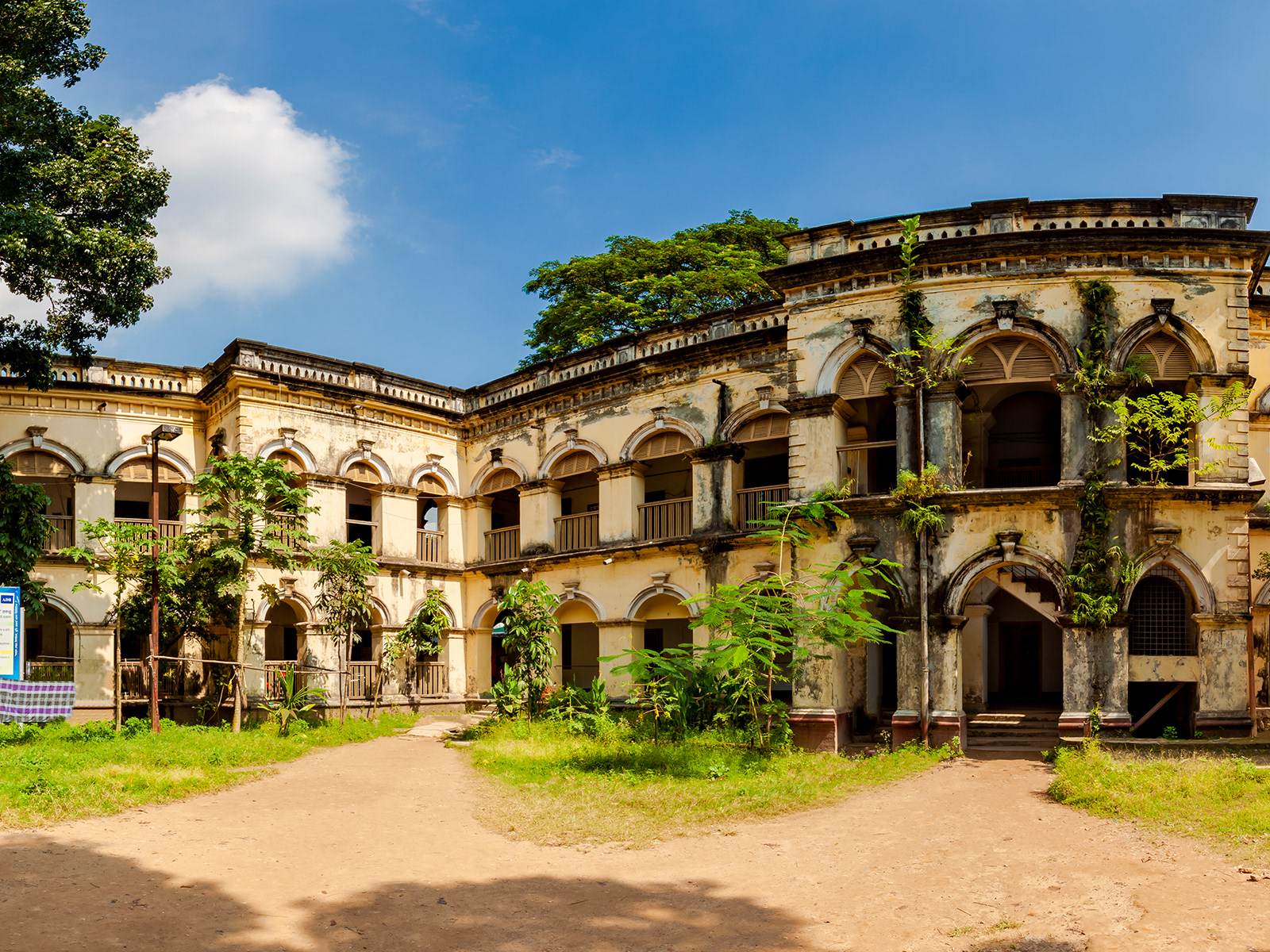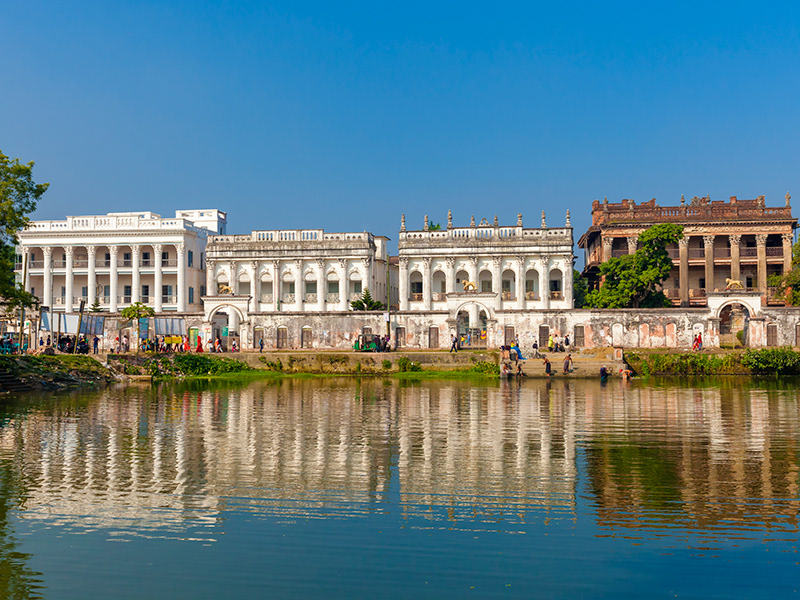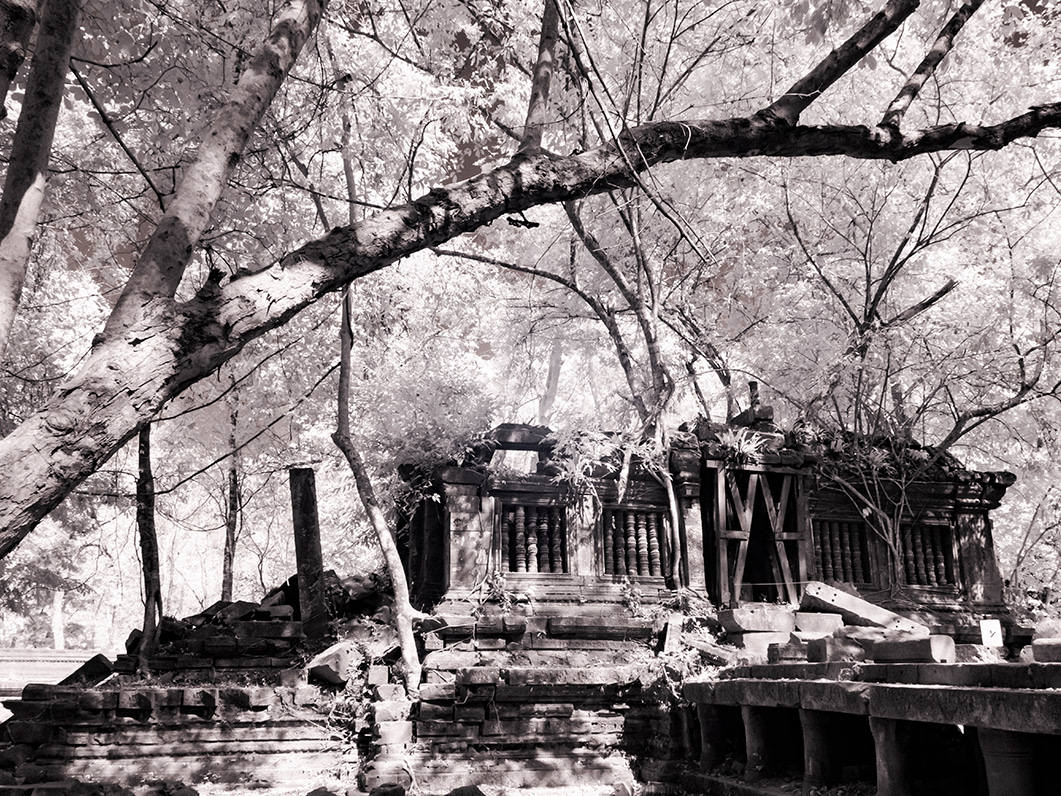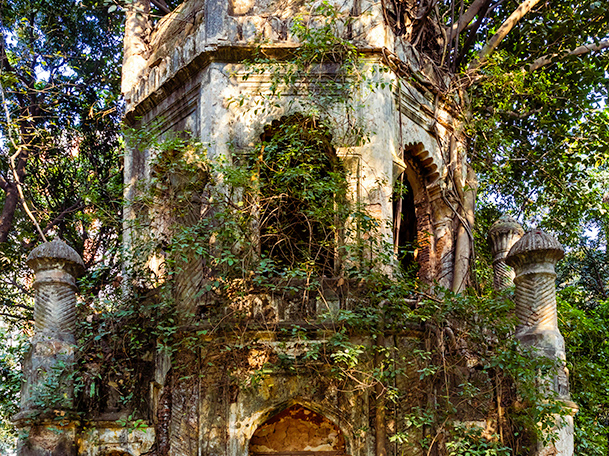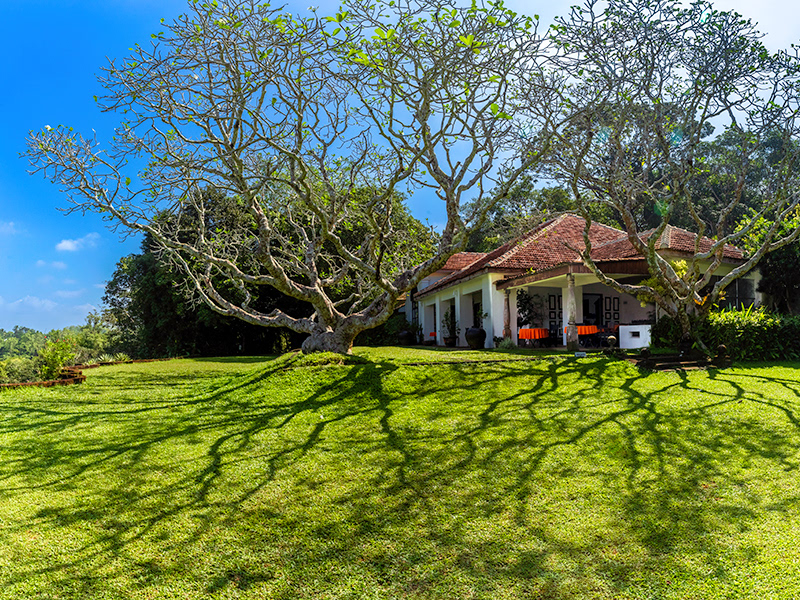Introduction
The are plenty of guidebooks and blogs that highlight many of the typical things to see in Singapore. Those guides will point you to the Marina Bay Sands, the Gardens by the Bay, the Merlion Park, the Singapore Botanic Gardens, the Arts Science Museum, Sentosa beach, Singapore Zoo and they are definitely worth seeing. However, I get frustrated when people who have visited Singapore once and seen the above, assume that Singapore has nothing else to offer a visitor. So, if you are someone who has done the ‘main’ or ‘usual’ sights of Singapore and find yourself with more time in hand, or because you are visiting Singapore a second or third time, this blog is for you.
Please note that, these are my personal favourites. They may not be for everyone, but the descriptions should allow you to make your own mind up about whether it’s for you or not.
[Note: This page is currently a work in progress and I will be progressively add to this page]
List:
(1) Bukit Brown Cemetery
(2) Cycling around Pulau Ubin
(3) The Gallop Gardens Extension of the Botanic Gardens
(4) To follow
(1) The Bukit Brown Cemetery
The idea of visiting an abandoned cemetery is not going to be for everyone but hear me out. We know Singapore to be a modern busy metropolis and yet, right is the middle of District 11, is this oasis of quiet, calm and serenity. A walk through Bukit Brown cemetery, where nature is progressively covering over the distinct and decorative Chinese graves and tombs, invites you to both enjoy the peace and quiet but also remember that nature will outlive all of us.
The cemetery, first opened in 1922, officially closed in 1973. Since then, nature has reclaimed a lot of the cemetery. In its time, it was one of the main Chinese burial grounds in Singapore covering about 211 acres of land. Originally the cemetery was encircled by the Mount Pleasant estate and the Singapore Polo Club at one end, the Kheam Hock area and, after 1965, the Lornie Road at the other end. However, progressively with time and with demand for bigger highways, the cemetery has been bisected and trisected into smaller and smaller parcels, first by the PIE and more recently by the Lornie Highway. So the original feel of the cemetery has changed even within the 9 years in which I have been in Singapore as the Lornie Highway development occurred during that window of time.
Bukit means hill in Malay; so Bukit Brown is essentially, [George Henry] Brown’s Hill. George Brown was a British trader who lived in Singapore around 1840-1870 and like many men of his time, acquired large tracks of land in the area, in which he tried to plant nutmeg and coffee but, neither of which flourished. His bungalow was located near Mount Pleasant. “Mr. and Mrs. G. H. Brown and family, and her brother, Mr. Arthur Knight, lived in the big house. Mount Pleasant, on the same hill, which belonged to Mr. Brown and still goes by the name of ' ' Brown's Hill '” [1]
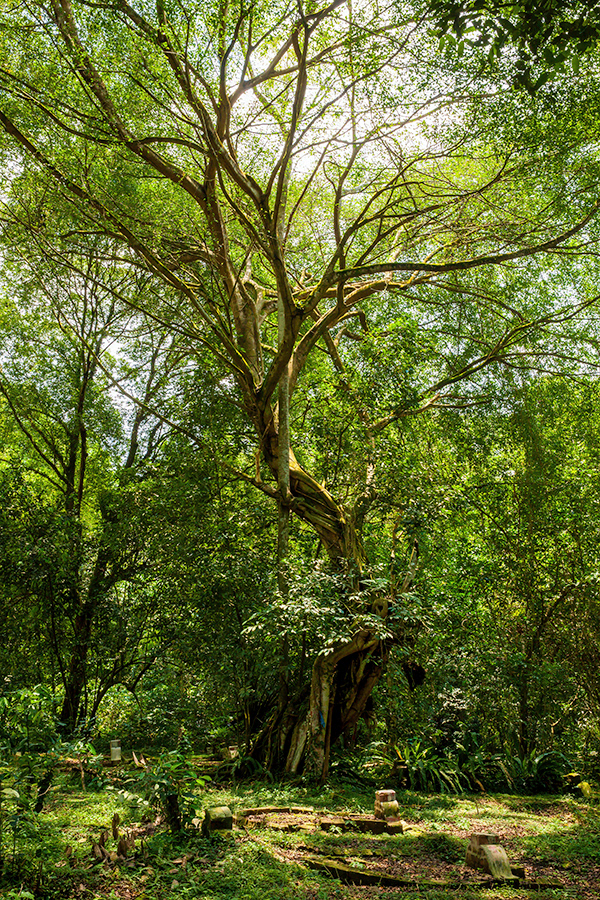
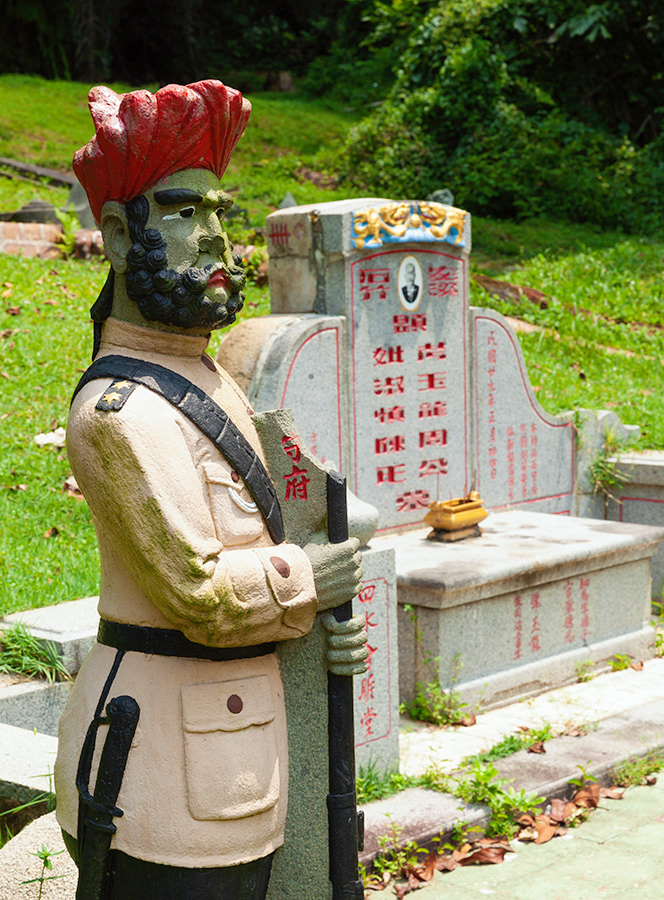
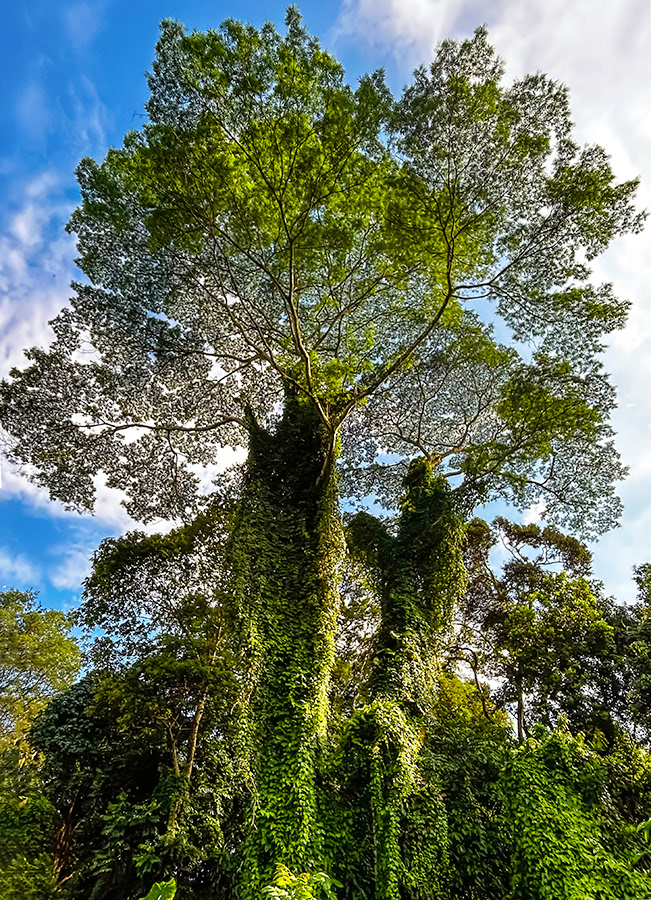
At the time of its closure, there were about 100,000 tombs in Bukit Brown Cemetery. Over the years, with the various road works, many of the tombs were exhumed. The most recent Lornie Highway works, completed in 2017-18, cut the part of the cemetery that survived the earlier PIE bisection in 1970, into two. Accessing the cemetery now requires navigation of the different entrances via the busy Lornie Highways one-way systems. The cemetery is listed for development into a new housing estate in the future. Therefore, you should take the opportunity to visit what is left of the cemetery, whilst it is still possible to do so.
If you want to also visit the lost temple of Sin Heng Teng then see the following link to more information about how to visit that.[1]
There are tours offered for those wishing to visit Bukit Brown. See the list of some of the tour operators below.[2] If you wish to explore on your own, cycling through it is the easiest.
Getting there:
By car, turn in from Lornie Road, to Sime Road. Then, turn left into Lorong Halwa, where parking is limited. The public transport options are complicated for someone who is just a visitor to Singapore. A taxi to drop you at the main entrance of Bukit Brown cemetery is probably the easiest.
If you want to explore on foot. Just do remember to respect the graves, wear mosquito repellent and stay on the main paths to avoid any snakes.
Time Required: I would set aside at least two hours to explore the grounds. This does not include travel time to get there.

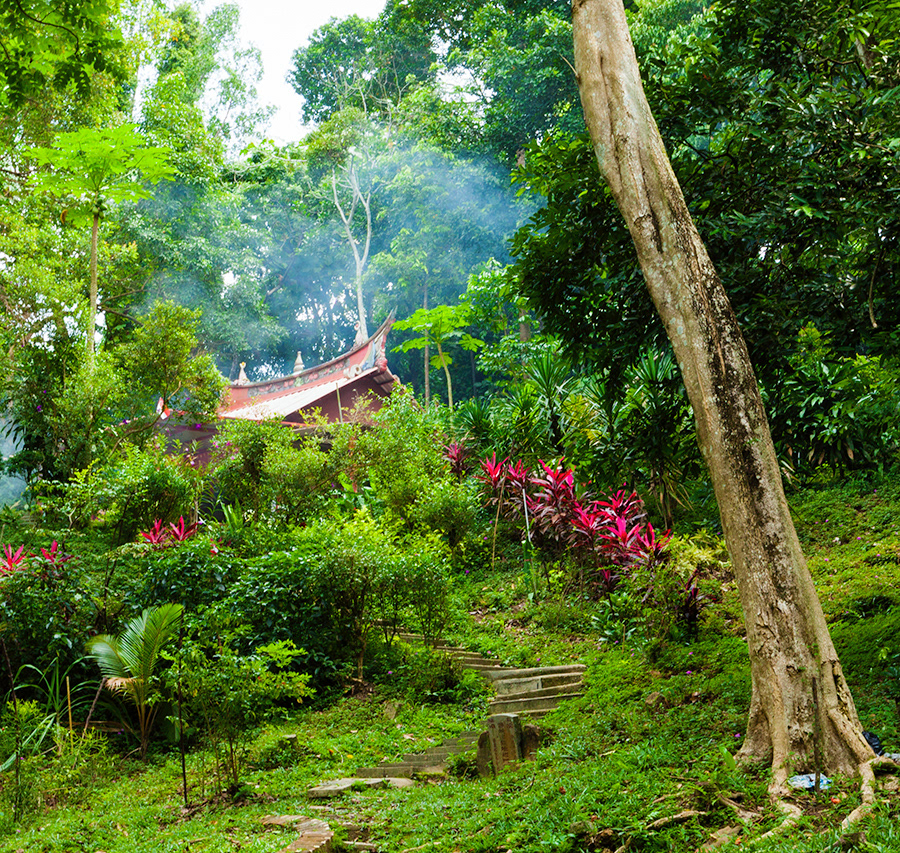
(2) Cycling around Pulau Ubin
A short bumboat ride from Changi Village Ferry Terminal will take you to the island of Pulau Ubin. It’s an inexpensive 20-minute journey to the island. The boat only leaves when there are between 9 to 12 passengers for the boat. Given the island gets about 300,000 visitors a year, you don’t have to worry about it taking long for a boat to fill up. For a small additional cost you can bring your own cycle on the boat but if you don’t have one, there are shops at the arrival jetty on the island that rent bikes for people of all ages.
The island has many pasts. At one time it was the home of a German-run coffee plantation. It was used as a granite quarry until the late 1960s.[1] After the closure of the quarries, the settlers relocated elsewhere in Singapore and the island’s permanent population is now less than 140 from a peak of approximately 2000. [2]
So why visit Pulau Ubin?
The best reason is to be transported in time to understand what Singapore looked like in the 1960s. It hosts one of last few Kampong’s (villages) in the country. Some of the infrastructure that supported its former population still remain. There is a tudor-style bungalow built in the 1930s which has now been converted to a visitor centre and is one of my favourites on the island. The Fo Shan Ting Da Bo Gong Temple is very picturesque. The quarries have been reclaimed by nature and are now aqua-coloured lakes. It is worth climbing the hills for the best view of the lakes, especially to see Pekan Quary. The walk to the top of Puaka Hill is worth while for the view over Ubin Quarry.
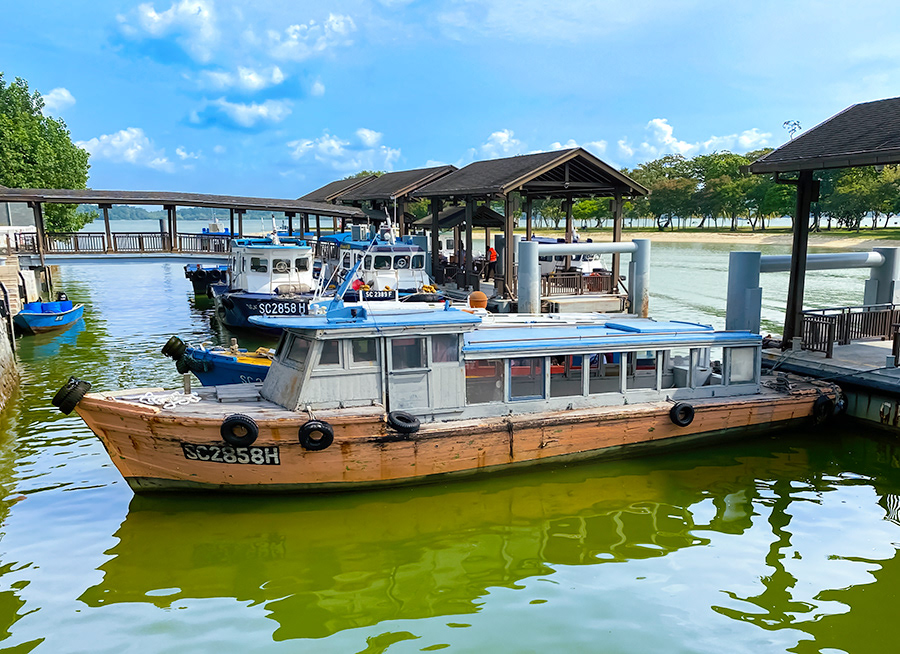
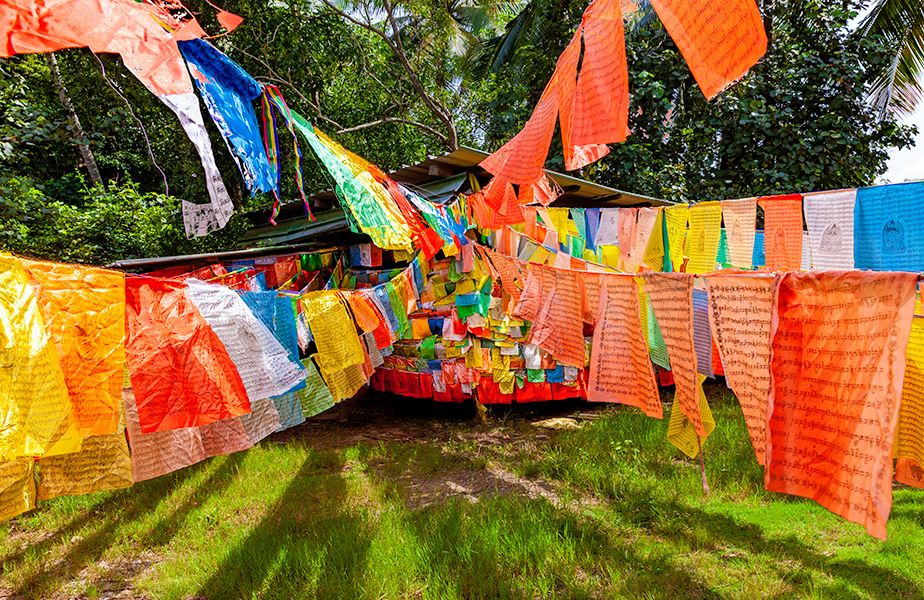
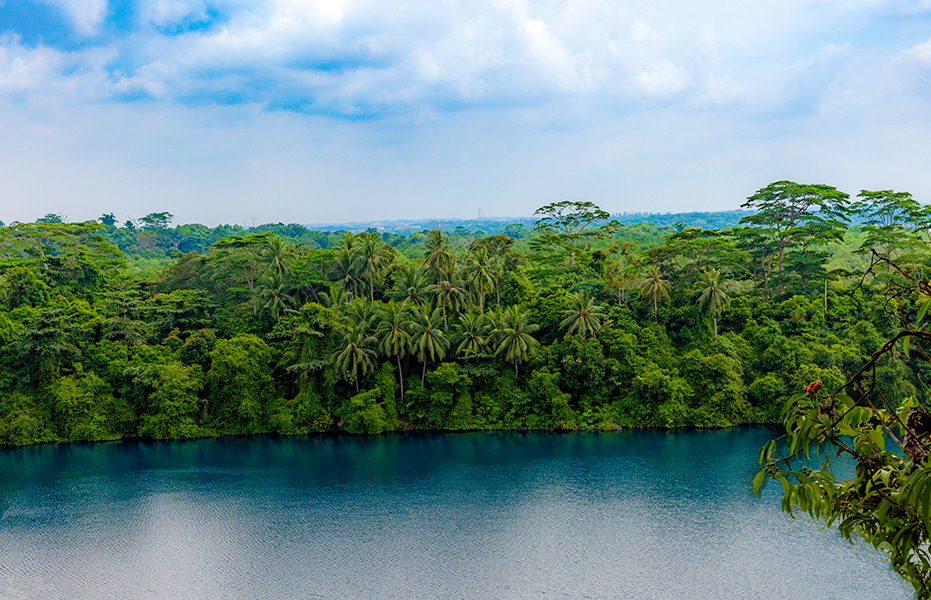
The best way to explore the island is by cycling across it. If you can’t ride, there is a limited taxi option allowing you to go from one end of the island to the other. There is a lot of wildlife to see, such as wild boars, migrating birds, rare birds like the Oriental Pied Hornbill and monkeys. There is a dedicated butterfly sanctuary at Butterfly Hill. It also hosts the Chek Jawa Wetlands, an ecological heaven where six major habitats – seagrass lagoon, sandy beach, coral rubble, rocky beach, coastal forest and mangroves meet.
If you get hungry, grab a casual bite to eat at Season Live Seafood for staples like chili crab, Teochew steamed fish, and sambal squid rings. Do remember to bring cash.
Time: The journey from Changi Village Ferry Terminal to Ubin is about 10-15 minutes. Once on the island, you will need at least four hours to explore the island and five hours if you include a stop for lunch.
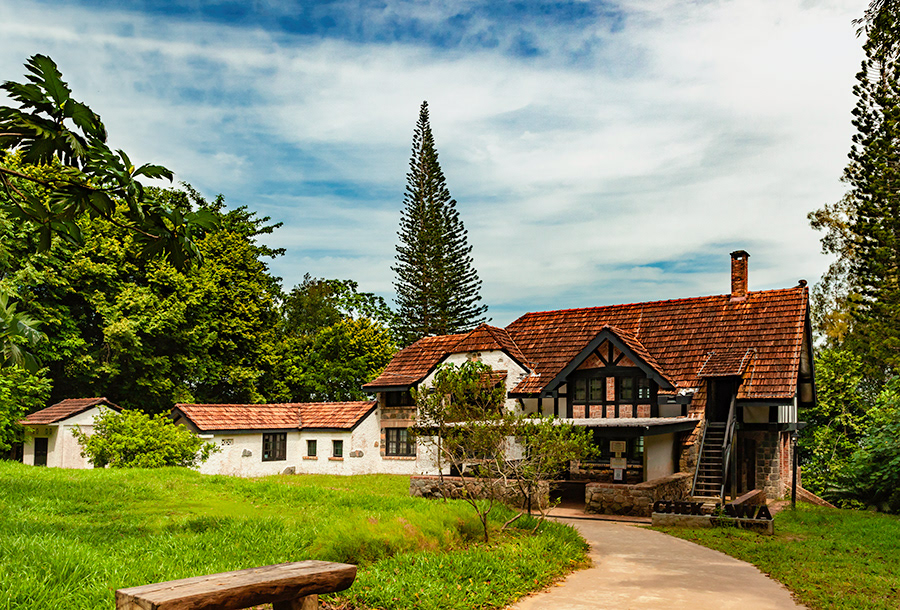
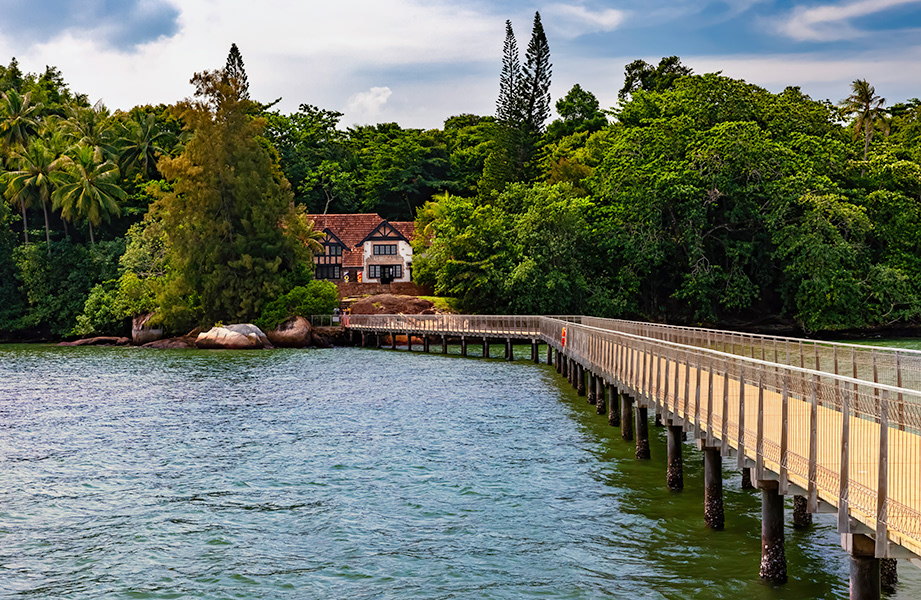
(3) The Gallop Gardens Extension of the Botanic Gardens
The Botanic Gardens is a UNESCO Heritage Site and attracts a lot of visitors. The gardens attract about 5000 daily visitors. The Gallop Extension to the Botanic Gardens was opened in 2021 and extended the gardens by a further 8 hectares. Most visitors to the Botanic Gardens don’t make their way to the Gallop Extension and they are missing out. You can access the Gallop Gardens extension via Tyersall Avenue.
Two colonial-period black & white bungalows, Attbara house (1898) and Inverturret (1906) have been renovated and converted into the Forest Discovery Centre and the Botanical Art Gallery. Attbara house is one of the oldest remaining houses in Singapore that was designed by Alfred John Bidewell, who is considered the father of the Singapore black & white house architectural style. Bidewell was also the architect of The Raffles Hotel. Attbara house (originally no. 5 Gallop Road) was named after a river in the Sudan where the British won a historic battle the year the house was completed.[1] Between 1939 and 1999, Attbara house and Inverturret were used as, respectively, the French embassy and the French Ambassador’s residence.
The Forest Discovery Centre showcases Singapore's forest ecosystems and conservation efforts through a series of interpretive and interactive displays. The Botanical Art Gallery houses Singapore’s first permanent display of botanical art from the Botanical Garden’s collection of more than 2,000 botanical paintings, sketches, line drawings and photographs.[2]. Some of these art works date back from 1890. After a walk in the grounds of the Gallop Gardens extension, the cool air-conditioned galleries of the Botanical Art Gallery and the Forest Discovery Centre can be very welcoming and not just because of their interactive displays and historical information.

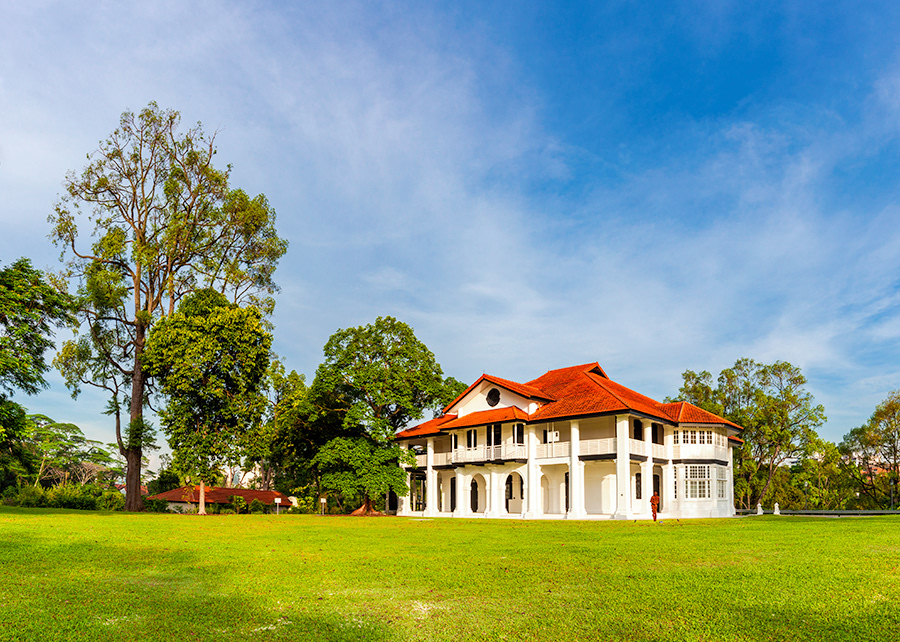
The Como Adventure Grove is a nature-themed children’s playground allowing them to explore nature through play, by recreating the experience of climbing and playing in trees. If you have young children and you want them to burn some energy, look no further than the climbing frames, slides and swings at the Como Adventure Grove.[1]

